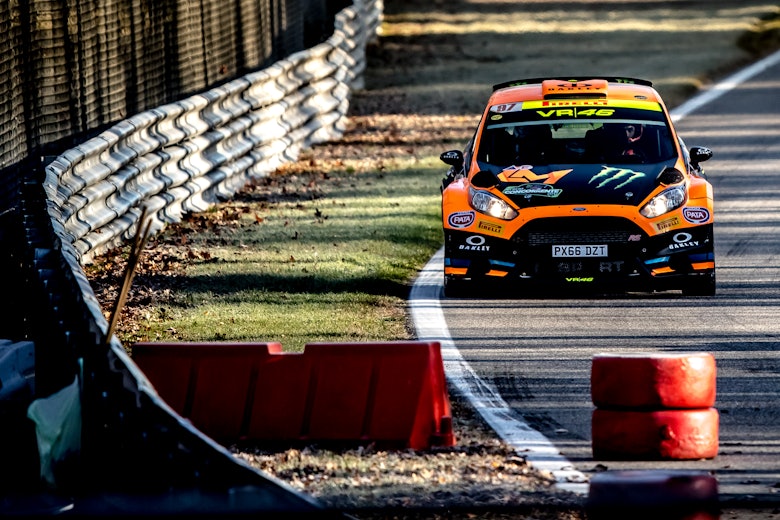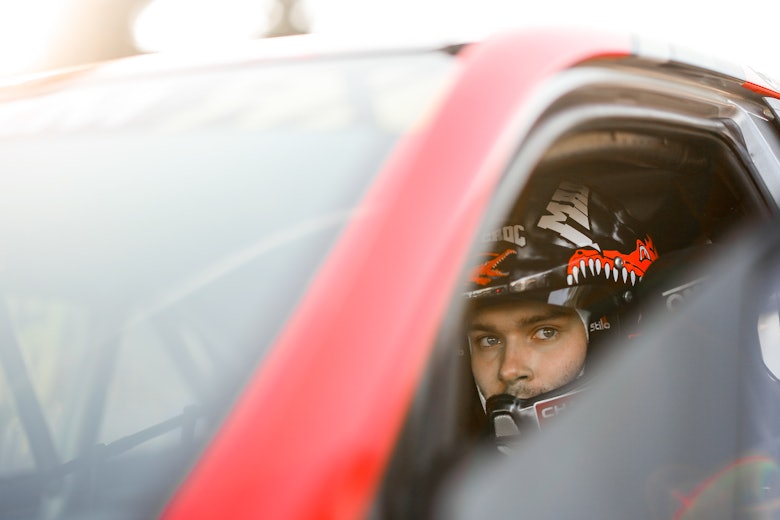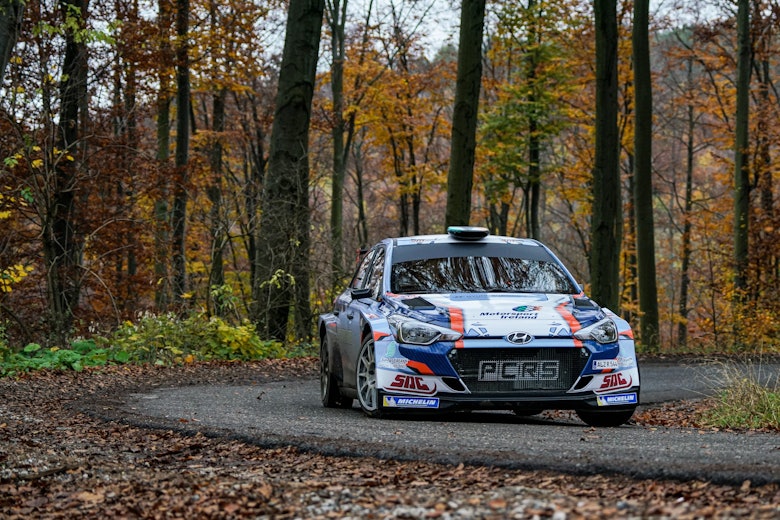The latest event to become part of the World Rally Championship has a solid foundation of motorsport history, going way beyond circuit racing. The Monza Rally, in its early editions, featured asphalt stages but also took to the gravel roads inside Europe’s largest walled park.
Monza Rally has over 40 years of history, as it was first held in 1978 before there was even a world championship for rally drivers. Since then several WRC regulars have come to taste this unique event: Didier Auriol, Attilio Bettega, Miki Biasion, Ken Block, Craig Breen, François Delecour, Marcus Grönholm, Colin McRae (third overall in 2005), Andreas Mikkelsen and Thierry Neuville (who shared driving duties in 2017), Teemu Suninen and Henri Toivonen.
But also circuit racers such as Michele Alboreto, Jean Alesi, Marco Bonanomi, Alex Caffi, Ivan Capelli, Giancarlo Fisichella, Nicola Larini, Alex Zanardi or motorcycle racers: Tony Cairoli, Loris Capirossi, Jorge Lorenzo, Marco Simoncelli just to name a few.
Past winners of the event include Sébastien Loeb, Dani Sordo, Robert Kubica, multiple Le Mans winner Dindo Capello, MotoGP Champion Valentino Rossi (with a record seven wins at the event), but also WRC rally winners Fulvio Bacchelli, Gianfranco Cunico and Raffaele Pinto.
For years the Monza Rally live web report on Rallylink – Italy’s main rallying search engine – was second only to Monte-Carlo Rally in terms of audience, with comments from every stage end, audio and video features including on-board camera action.
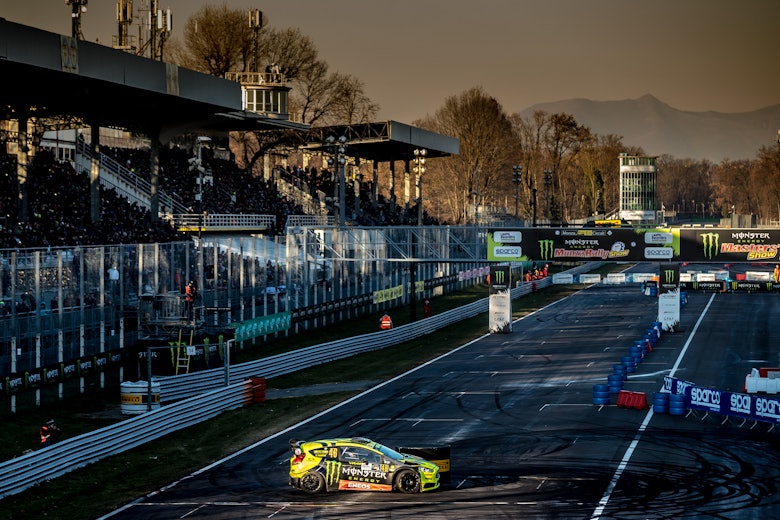
Photo: Monster Energy Media
The 2020 edition will be unique in more than one way. For the first time, a WRC round will be based – and staged, albeit partially – in a circuit. Although in the past drivers have taken on to Estoril or Circuit de Barcelona-Catalunya, that was merely for one stage, perhaps a ceremonial start.
Here, the ‘Temple of Speed’ hosts the Rally HQ, service area, and two out of three days of action, as well as the shakedown and the opening stage on Thursday.
On Thursday the shakedown and opening stage will feature the Formula 1 circuit mixed with the rougher, bumpier asphalt and gravel sections inside the park area. The changing grip conditions, with the added challenge of using the same stretches in different directions (unusual, though not a premiere, in the WRC) will put drivers to the test right from the start.
For the first full day of competition on Friday, Monza will serve a perfect blend of the present-day racing track, the iconic banked corners of the old high-speed oval (resurfaced in 2014), narrow park roads and gravel stretches, all set within a beautiful green area. Once again, the repeated surface changes, with some sections being used in opposite directions according to the different stages, and a wide percentage of gravel will add to the challenge, before the full-asphalt final stage of the day, a full loop of the old track followed by the current F1 circuit (albeit with some added chicanes) for a total of just over 6.2 miles. That’s more or less the same distance (and route) of what used to be one lap (of the 50 which made up the race) of the Italian Grand Prix in the mid-1950s.
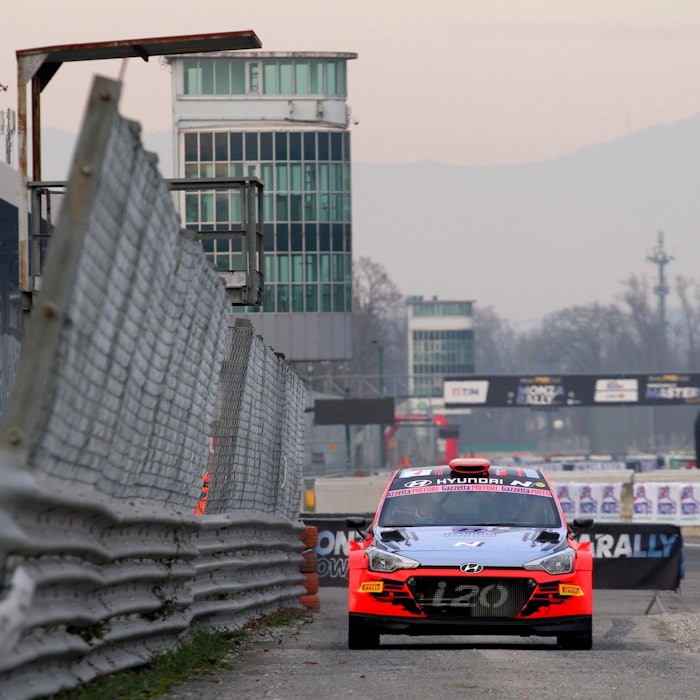
HOW MONZA IS MAKING ITSELF WRC WORTHY
TURNING A SHOWPIECE EVENT INTO A WRC RALLY MEANS ONLY THE BEST ROADS MAKE THE CUT
Also, the weather can be unpredictable at this time of year. In some of the early editions of the Monza Rally even snow made an appearance, and fog is a more regular visitor nowadays. In the circuit area, the damp and cold night air usually makes the track quite slippery in the morning.
The Saturday stages are mostly inherited from Rally Prealpi Orobiche.
The Selvino stage unites the former ‘Selvino’ and ‘Lambriola’ stages. It starts uphill with about 15 hairpins, and after Selvino there is a first downhill section, tight at first then widening on a fast main road. It narrows again before Lambriola, with the final part on a wide and fast downhill section. Most of the stage is exposed, with only some stretches running under the trees.
The Gerosa stage is new, apart from just under the first two miles. After a fast uphill first part, the road narrows and level to the finish, with some very fast portions.
The Costa Valle Imagna stage was last used in the mid-1980s. Starting from the Sant’Omobono Thermae with a very tight hairpin, it climbs on a wide road until the Valcava Pass (1340 meters), and the last uphill part is extremely fast.
The remaining 40% of the stage is downhill, with gradients up to 18%, on a tighter, challenging road. There are some hairpins but the final part is mostly fast.
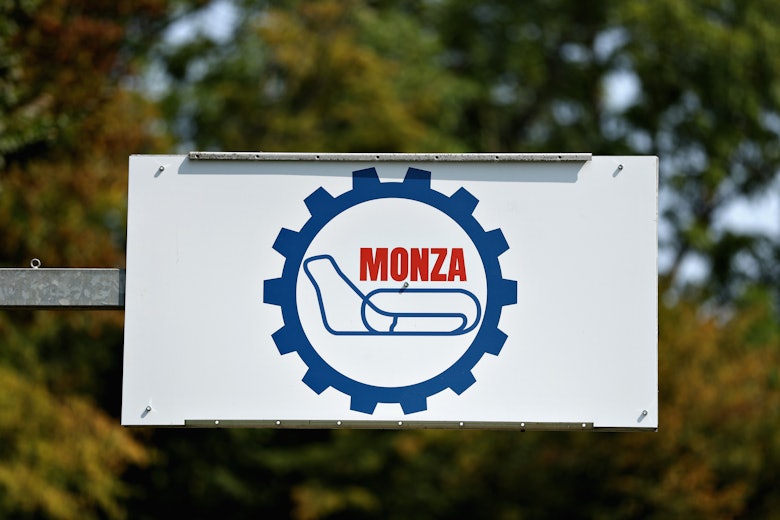
Photo: Red Bull Content Pool
The second run on the Grand Prix stage will be in the darkness, with the added challenge of having to adapt to changing external light conditions between the central straight and the rest of the track.
Sunday, after the third and final run on the Grand Prix stage, the quarter-hour service will be the right time for some adjustments as the cars and crews pepare for the two passes on the final Serraglio stage. Just like on Friday, the final test will include a bit of everything that Monza has to offer: 22 changes of surface in and out of the F1 circuit, inner roads on asphalt, banked corners and gravel sections. The test which will crown the 2020 World Rally Champions will be worthy of its role, a great tribute to the essence of rallying.
All in all, Monza Rally is a great recap of the WRC’s best and most variable stages.
Driving at speed through Selvino and Lambriola may recall Corsica, the Valcava stage could remind of the Col du Turini, the gravel sections inside Monza have a taste of the RAC ‘Mickey Mouse’ stages and the pit straight grandstand could well stand in for Chester Racecourse, except that… there will be no spectators cheering.
In this strange year, where rallying has managed to stage a season through ever changing conditions, the paddock at Monza will lack its usual party atmosphere, which could well equal the festive crouds of Kakaristo, Guanajuato or Villa Carlos Paz.
Hopefully there will be a return to better conditions next year, and that’s why rally fans should return to the Monza Rally in 2021. And so should the WRC.
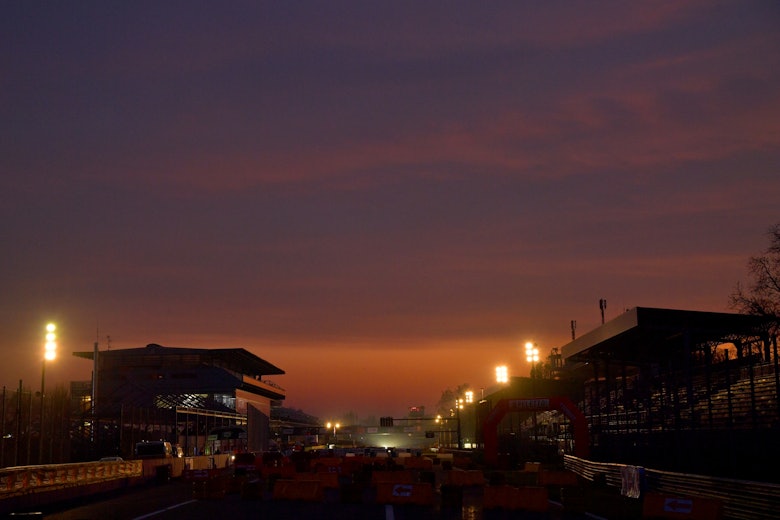
Monza Rally itinerary
Thursday December 3
Shakedown Monza Circuit (2.48 miles) 1001
SS1 Monza King of Show (1.25 miles) 1408
Friday December 4
SS2 A1 (8.25 miles) 0758
Service Paddock 0818
SS3 A2 (8.25 miles) 1008
Service Paddock 1028
SS4 B1 (9.96 miles) 1238
Service Paddock 1302
SS4 B2 (9.96 miles) 1508
Service Paddock 1532
SS5 Grand Prix 1 (6.41 miles) 1738
Service Paddock 1758
Saturday December 5
SS7 Selvino 1 (16.39 miles) 0801
SS8 Gerosa 1 (7.02 miles) 0912
SS9 Costa Valle Imagna 1 (13.75 miles) 1008
Service Paddock 1123
SS10 Selvino 2 (16.39 miles) 1331
SS11 Gerosa 2 (7.02 miles) 1442
SS12 Costa Valle Imagna 2 (13.75 miles) 1538
Service Paddock 1655
SS13 Grand Prix 2 (6.41 miles) 1738
Service Paddock 1758
Sunday December 4
SS14 Grand Prix 3 (6.41 miles) 0748
Service Paddock 0808
SS15 D1 (9.33 miles) 1008
Service Paddock 1030
SS16 D2 (9.33 miles) 1218
Finish Pit lane 1400



